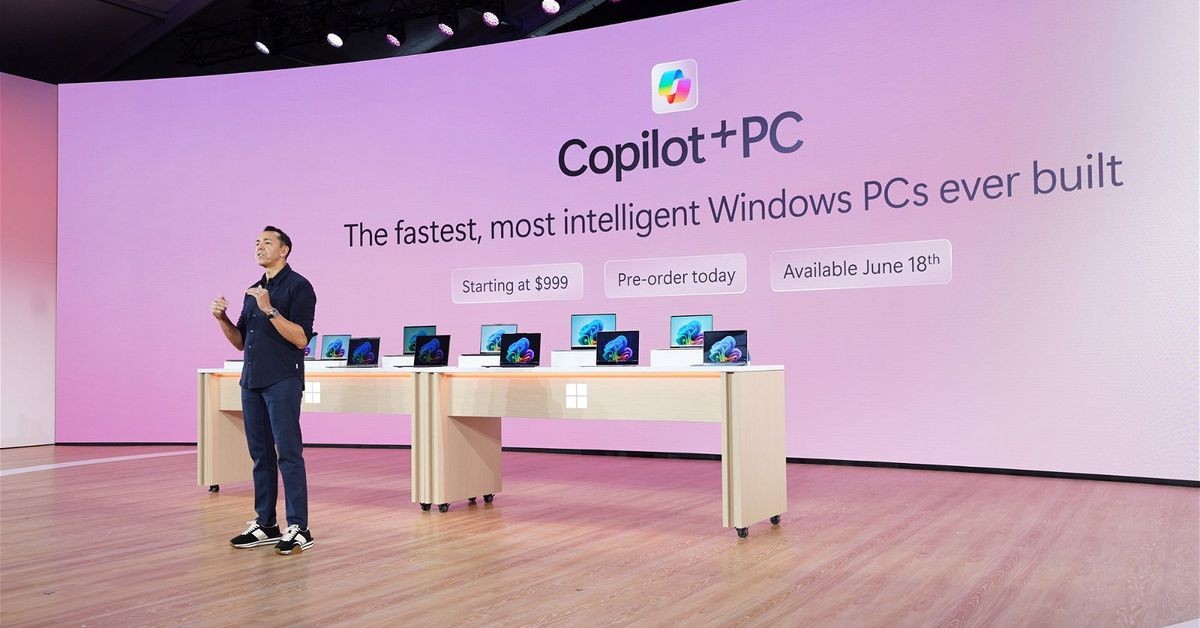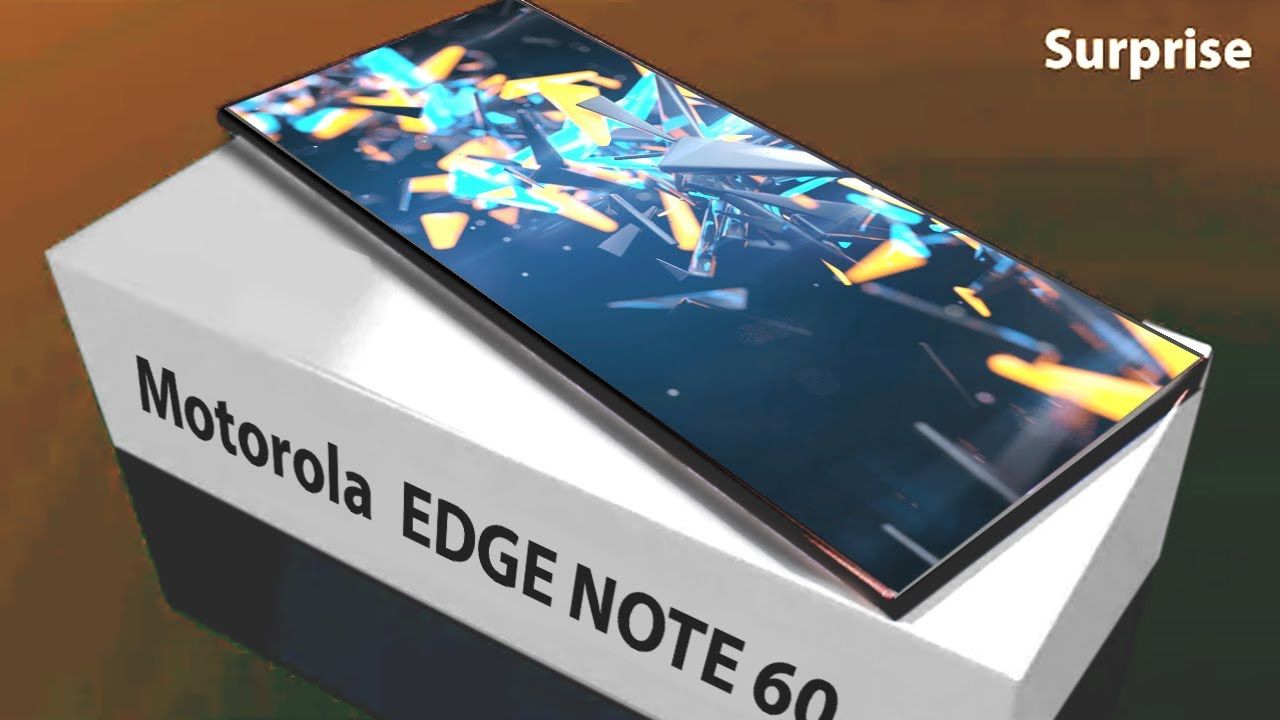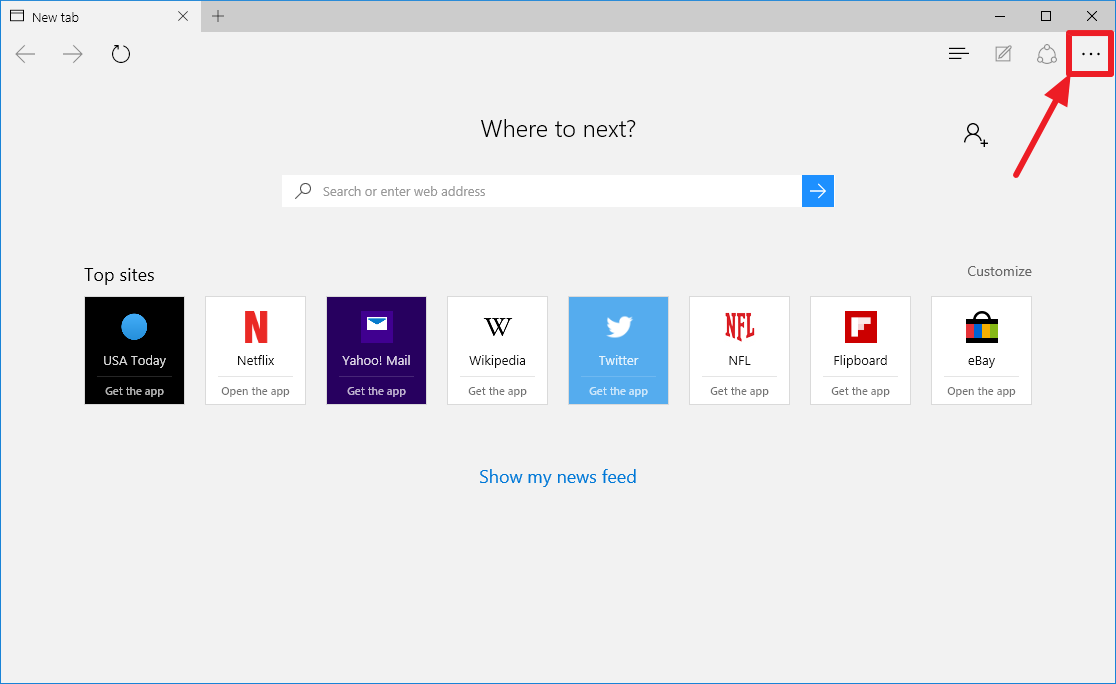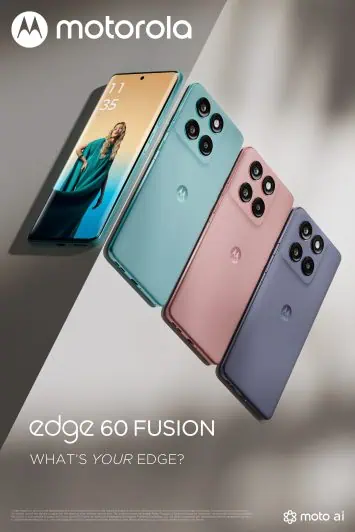


As the battle against online bots rages on, technology has emerged as the key weapon in this fight. With the use of sophisticated algorithms and artificial intelligence, companies and organizations are taking a proactive approach to identifying and eliminating malicious bots from their platforms. This not only ensures a safer online experience for users, but also protects businesses from financial and reputational damage. Don't miss out on how technology is revolutionizing the fight against online bots.
The internet has revolutionized the way we live, work, and communicate. However, with great power comes great responsibility. One of the biggest challenges facing the internet today is the growing threat of online bots.
Bots are automated programs that can be used to perform a variety of tasks, from scraping data to spreading malware. They can be used for legitimate purposes, such as customer service or web scraping. However, they can also be used for malicious purposes, such as spamming, phishing, and spreading fake news.
The battle against online bots has been raging for years, but it has recently escalated as bots have become more sophisticated and harder to detect. In response, technology has emerged as the key weapon in this fight.
How Technology is Helping to Fight Online Bots
A variety of technologies are being used to fight online bots, including:
These technologies are being used by a variety of companies and organizations to protect their platforms from bots. For example, Google uses machine learning to identify and block bots from its search engine. Facebook uses AI to detect and remove bots from its social network. And Cloudflare uses behavioral analysis to identify and block bots from its web security platform.
The Impact of Technology on the Fight Against Online Bots
The use of technology has had a significant impact on the fight against online bots. In recent years, the number of bots has decreased, and the sophistication of bots has also decreased. This is due in part to the development of new technologies that are better able to identify and block bots.
The use of technology has also helped to raise awareness of the problem of online bots. This has led to increased pressure on governments and businesses to take action to address this issue.
FAQs
1. What is the biggest threat posed by online bots?
The biggest threat posed by online bots is their ability to be used for malicious purposes, such as spamming, phishing, and spreading fake news.
2. What are the different types of online bots?
There are many different types of online bots, including:
3. What is the best way to protect yourself from online bots?
There are a few things you can do to protect yourself from online bots, including:
4. What is the future of the fight against online bots?
The future of the fight against online bots is uncertain. However, it is clear that technology will continue to play a key role in this fight. As technology continues to develop, we can expect to see new and more effective ways to identify and block bots.
5. What are some of the past events that have helped to shape the fight against online bots?
Some of the past events that have helped to shape the fight against online bots include:

Microsoft has announced the expansion of AI features to Copilot+ PCs powered by Intel and AMD chipsets. This includes popular features such as Live Captions, Cocreator, Restyle Image, and Image Creator. The company has also added new capabilities to Voice Access for Snapdragon X series chipsets, with plans to roll it out to Intel and AMD-powered devices later this year. These updates are part of the March 2025 Windows non-security preview update, and will improve the overall user experience for Copilot+ PC users.

The long-awaited Motorola Edge 60 Fusion has finally arrived in India, boasting flagship-level features and towering performance capabilities. Available in two storage variants, the phone offers up to 12GB of RAM and 256GB of storage, with three vibrant color options. But the real standout is its impressive camera setup and powerful battery, making it a strong competitor in the mid-range flagship market. The Motorola Edge 60 Fusion comes packed with top-of-the-line features, including a stunning 6.7-inch all-curved pOLED display with a 120Hz refresh rate and Water Touch 3.0 support. It also sports a MediaTek Dimensity 7400 SoC and promises three years of Android OS upgrades. Additionally, with Moto AI features, dual stereo speakers, and Dolby Atmos support, this phone promises to enhance your overall smartphone experience.

Microsoft has taken a step towards improving the user experience of Edge browser by addressing the issue of a bloated menu. In the latest version, Edge Canary, the menu has been rearranged and features like collections, apps, and browser essentials have been moved to the "More tools" option, making the menu smaller and easier to navigate. Users can also now easily access features like Extensions and update their privacy and appearance settings. These changes aim to make the user's browsing experience smoother and more user-friendly.

OpenAI, an AI giant, has announced their latest project and is seeking feedback from developers, researchers, and the broader community. The upcoming open language model will be released in the near future, and developers will have the opportunity to attend feedback sessions and play with early prototypes. This open-weight model will allow users to modify digital neurons and could potentially change the model's associations and emphasis. OpenAI CEO, Sam Altman, stated that they have been thinking about this model for a long time and are now ready to prioritize its development with the help of the community.

Realme has released its latest budget-friendly 5G smartphone, the Realme 14 5G, with impressive features like 12GB RAM, a Snapdragon 6 Gen 4 processor, and an advanced cooling system. With its sleek design and gaming-centric features like GT Gaming Boost Mode and liquid cooling, this phone is a great choice for tech-savvy gamers. It also boasts a 6.67-inch FHD+ display with a 120Hz refresh rate and up to 512GB of storage space. Running on Realme UI 6 and equipped with a 6000mAh battery and IP ratings for durability, the Realme 14 5G offers a powerful and reliable user experience.

Imagine having a gadget that could understand and respond like a real person, with the ability to access and process vast amounts of information. Apple's co-founder, Steve Jobs, envisioned this idea back in 1983, as seen in a rare video from the Steve Jobs Archive. During the International Design Conference, Jobs spoke about the potential of revolutionary AI technology and its impact on society in the next few decades. Little did he know that his prediction would become a reality with the launch of the Macintosh in 1984 and the iPhone in 2007. This rediscovered footage provides a glimpse into Jobs' ability to foresee and shape the future of technology.

BSNL has launched a special recharge plan aimed at IPL fans, offering a whopping 251GB of high-speed data for just Rs 251. This plan is perfect for those looking to stream cricket matches without any worry of data expenses. However, users should note that the plan only offers data benefits and separate recharges are needed for calling and SMS services. This limited-time offer is available through BSNL's official website and Self Care App.

Motorola is set to release its newest smartphone, the Edge 60 Fusion, on April 2 and new leaked renders give a glimpse at what to expect. The device will come in four color options and is expected to feature MediaTek's new Dimensity 7400 chipset. These official-looking renders also highlight the color-matched frame, camera placement, and curved display.

Prime Minister Narendra Modi has recently joined the viral trend of AI-generated Studio Ghibli-style portraits, thanks to ChatGPT's latest update. MyGov India shared a series of animated pictures of PM Modi, portraying him in various key moments and activities. With the heavy demand for the Ghibli-style image-generator, ChatGPT's GPUs are facing "rate limits" and causing "melting."

The Gurugram Commissioner of Police, Vikas Arora, launched a new initiative to gather feedback from visitors to the police stations in the district. The program involves installing QR codes at all the police stations, which can be scanned by visitors to share their feedback and suggestions digitally. This unique system will help in assessing the performance of each police station and improving their functioning.